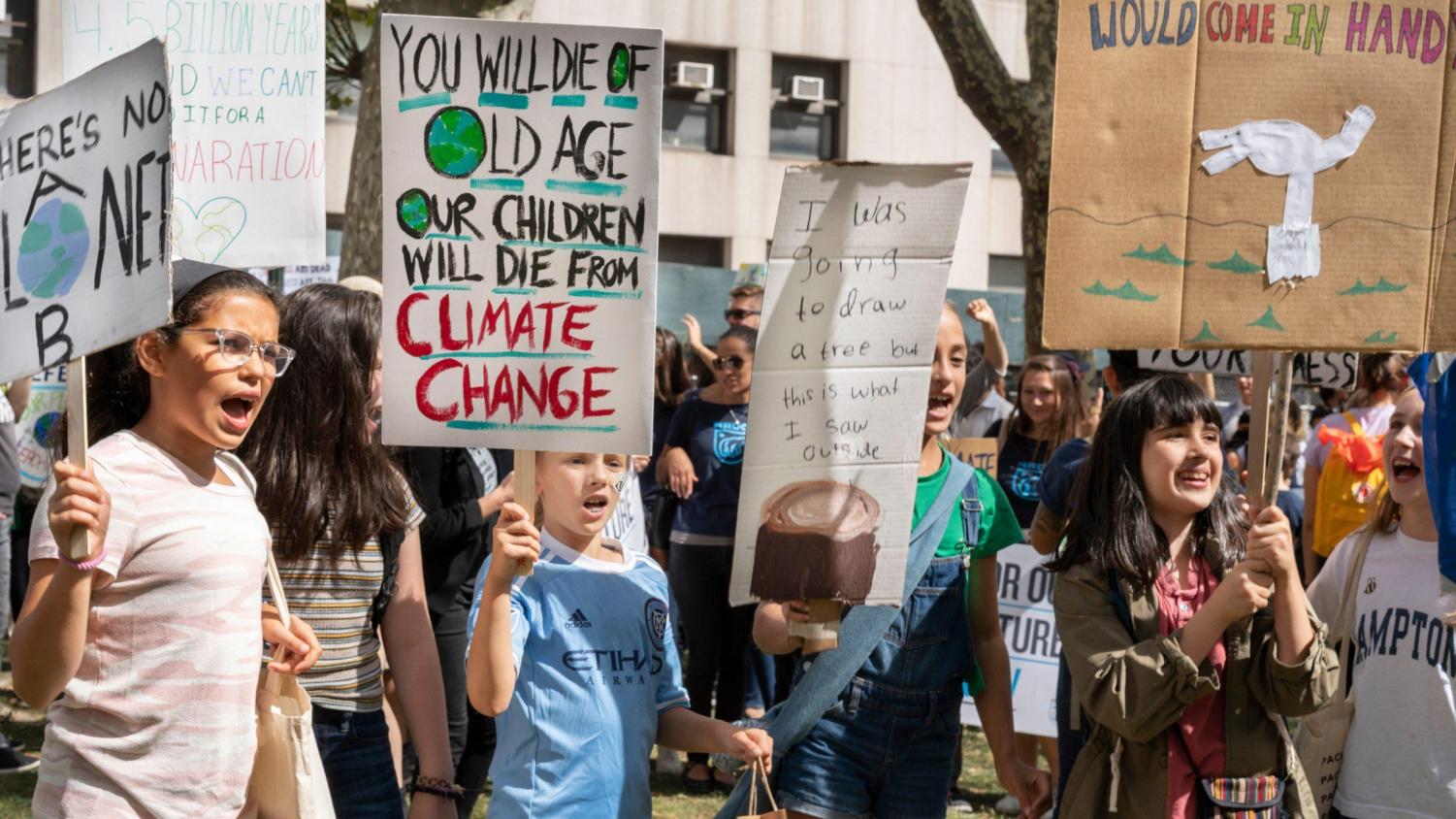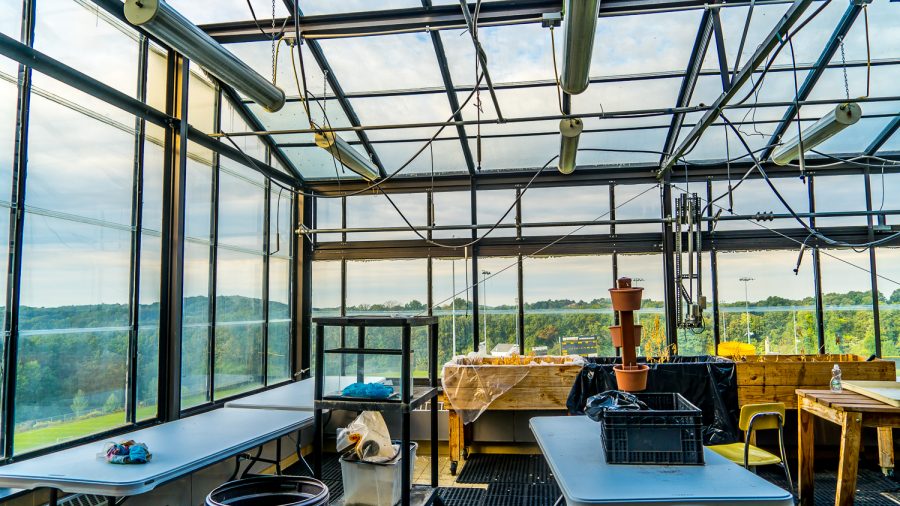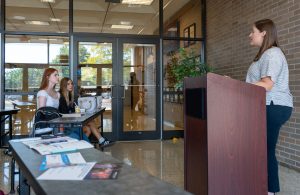Toward a Greener Education
As the threat of climate change worsens, our education system must do more to prepare students for what lies ahead.
Unknown to many NASH students, the building’s greenhouse sits in the southwestern corner of the third floor. Though it has not been used for most of the past three years, the Environmental Club is looking to revitalize the space this year.
October 4, 2021
Approximately a decade years ago, students, parents, and educators realized how quickly the world was changing. Silicon Valley was on the rise, innovation was king, and schools grew conscious of the way science, technology, engineering, and mathematics (STEM) were pervading seemingly every aspect of our lives.
In response to these changes, schools across America took initiative to adopt a greater STEM focus in their classrooms and prepare their students for an evolving world, and by extension, a changing job market.
Now, the world is changing again; in fact, it has been changing for as long as humans have been pumping carbon dioxide into the atmosphere. The effects of climate change will inevitably touch (and sometimes maul) every aspect of our lives. Therefore, it is vital that K-12 schools take up responsibility for their students’ futures and properly prepare them for what is coming.
The effects of climate change will deliver a devastating blow to the worldwide economy. A rise of 3.2 degrees Celsius in global temperatures could cause a loss of 14% of the world’s GDP, which amounts to roughly $23 trillion in today’s dollars. This value derives from the cost of fixing infrastructure destroyed by storms, rebuilding power grids and pipe systems to withstand extreme weather, and fallen crop yields due to droughts and changing climates.
Climate change will also expose the extent to which inequities prevail throughout our society. Citizens who have difficulty accessing quality health care, such as Indigenous populations or those in the low-income bracket, will have more difficulty dealing with the health effects of climate change. Marginalized communities in urban areas will suffer disproportionately from heat waves from the lack of greenery in their neighborhoods. For the most vulnerable, such as older adults and those with pre-existing medical conditions, climate change may even present the danger of death.
Regarding public health, the environmental events of 2021 gave the world a frightening glimpse of the imminent future. In the Pacific west, daily temperatures in the hundreds will force civilians inside and prevent them from living their daily lives. Rising sea levels mean a higher frequency of natural disasters, such as floods and hurricanes. Wildfires and the continuous stream of pollution will be detrimental to air quality. Already, inhabitants of major cities in Asia have been forced to make lifestyle changes because of the smog.

Those born after 1997 have not missed the severity of the impending climate crisis and the need for a prepared workforce. For Generation Z, the damage and devastation described above may be an unavoidable future. By the time we enter the workforce, it will be our reality and our responsibility.
According to the Pew Research Center, 76% of American Gen Zs noted addressing climate change as one of their biggest social concerns. And many of this generation’s college students and graduates are flocking towards climate-related majors and careers. The desire to be a part of the climate solution is clear. Now it is up to the institution to match their students’ educational interests.
Previously, a barrier to educating students on the environment may have been the low stability of climate careers. However, this is no longer the case. Some careers, such as environmental law, are drawing six-figure salaries. And other careers, like environmental science and urban planning, are some of the faster growing fields in the market. As the climate situation becomes more dire and the need for educated environmental professionals rises, this job growth can only increase in the coming years.
To clarify, the argument here is not that every student should aim to become an environmentalist or that environmentalism should become the sole focus of high school science classes. Rather, each subject, chemistry, physics, biology, English, economics, history, etc., should include an examination into how its content intersects with climate change. Since climate change affects every aspect of our lives, isn’t it right that we learn what these consequences will be in relation to the subjects we learn at school and how we may create a solution?
Some universities have begun connecting climate change across multiple disciplines. At the University of Southern California, the Sustainability Across the Curriculum program works to integrate sustainability into existing courses so that students may learn how their fields of study intersect with climate change. This type of program should be implemented in K-12 schools as well. The earlier this environmental education starts the more prepared our generation will be for the reality that lies ahead.
When I look around at NASH, I see very few opportunities to receive a climate education. The lonely greenhouse in the back hall of the third floor sits unused and barely even acknowledged. The Program of Studies lists a thimble’s worth of environmental science courses, and outside of these classes sustainability is rarely mentioned.
That terrifies me. The last thing we can be in the face of an absolute upheaval of life as we know it is unprepared. Before it is too late, high schools, middle schools, and even elementary schools must provide their students with the knowledge they need for a safe future.














deb • Oct 8, 2021 at 10:50 am
Thank you..I hope someone takes advantage of the greenhouse and grows interest in environmental studies….
Claire Majerac • Oct 6, 2021 at 7:53 am
Fantastic work as always Ms. Michelle!!